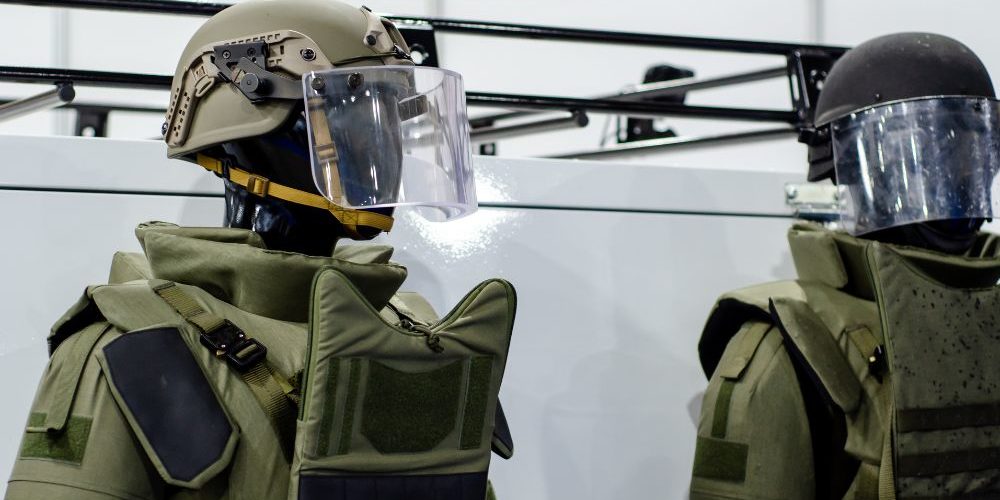Kevlar is the innovative fiber behind body armor. This heat-resistant, synthetic material has been protecting us and saving lives for decades. Its ability to significantly dampen the impact of a bullet has earned Kevlar high acclaim. Because it’s so revolutionary, manufacturers continue finding ways to enhance this wonder fiber.
One exciting thing they’re doing is seeing if phenolic resin can be infused into Kevlar to create a stronger, more heat-resistant material. Learn a bit more about the relationship between Kevlar, body armor, and phenolic resin in this brief guide.
How Does Phenolic Resin Relate to Kevlar and Body Armor?
There may be numerous ways phenolic resin and Kevlar fibers could work in tandem. But using the synthetic resin to create stronger forms of Kevlar is one application that’s being explored with the most enthusiasm. Typically, Kevlar fibers are spun from an infusible, aromatic substance called Nylon T, T.
Its high thermal stability, strength, and flame resistance have made Nylon T, T an unmatched substance for creating Kevlar fibers. But recently, industry leaders have argued for phenolic resin as the next innovation in the enhancement of Kevlar. The idea is to combine Kevlar with a phenolic resin matrix.
This means that phenolic resins would be infused into Kevlar fibers during manufacturing. Much would need to be done for this kind of integration to be successful. But it is possible. And believe it or not, there are a lot of advantages of this trend in Kevlar’s evolution.
What Are the Benefits of This Relationship?
So, what are the benefits of a closer relationship between Kevlar and phenolic resin? There are a few. To start with, using phenolic resins in producing Kevlar fibers would likely result in much stronger body armor. Moreover, phenolic resin-infused Kevlar means body armor could withstand higher temperatures and more adverse environments.
A lot of research also indicates that phenolic resin-infused body armor could dampen the impact of ballistics. It could do this without affecting its weight, which is crucial in field applications for Kevlar body armor. From this, we can surmise that Kevlar manufacturers and phenolic resin producers have much to gain from a world filled with phenolic resin-infused Kevlar.
What Does the Future Hold for Kevlar?
In short, the future of Kevlar looks bright. Manufacturers and industry leaders are constantly looking for new ways to enhance this incredible fiber and the body armor it helps produce. As more experts turn to phenolic resin-infused Kevlar, body armor will continue to advance and become more effective.
Hopefully, this brief guide gave you a glimpse into the relationship between phenolic resin and Kevlar, and the possibilities this relationship presents.







